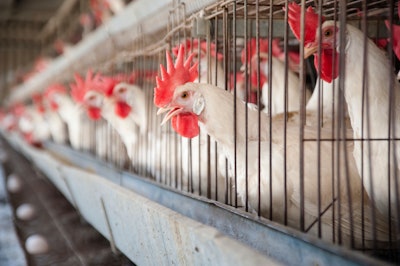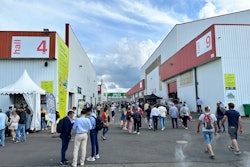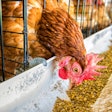
The amount of dietary energy fed to layers may not affect the number of eggs produced if a specific body mass is achieved, as found by Virginia Tech researchers.
According to Michael Persia, Virginia Tech College of Agriculture and Life Sciences Professor, layers will produce eggs if they have enough fatty tissue and mass to supply the energy for egg production.
In the study, after researchers decreased dietary energy, total mass, body weight and fat mass were significantly decreased. However, egg production was unchanged. This led the researchers to believe that hens will continue to produce eggs at the expense of energy reserves during short-term production.
“Results suggested that dietary energy has a more pronounced effect on body mass and fatty tissue before more direct performance responses are observed,” Persia stated. “Therefore, hen body weight and composition can be used as a more sensitive measurement of hen energy status than egg production or feed efficiency.”
Persia believes the research results, published in the Journal of Applied Poultry Research, could have a significant economic impact because they suggest there is a balance between how much dietary energy hens need to optimize egg production and a lower cost of feed that producers should be trying to obtain.
“Everything we can do to more accurately determine the requirements of these birds will reduce the cost of eggs — efficiency from a feeding standpoint leads to efficiency from an economic standpoint,” he said.
Additionally, the research results have the potential to reduce the egg industry’s environmental impact.
“Anytime we can increase the utilization of energy or nutrients from the diet, that's less that actually comes out on the back end as manure. If we can more efficiently utilize our resources and put them into the bird or into the egg, that will help the environmental footprint.”
More about the research
The research originated in 2008-09, when ethanol production increased corn prices. While looking for alternatives to corn as the primary energy source in layer diets, Persia began investigating hen metabolism.
The study involved 252 caged hens that were fed one of seven experimental diets ranging from 2,750 to 3,050 kilocalories. The birds were weighed every four weeks and carcass total, lean and fat mass were measured at 52 weeks of age. The variables evaluated include egg production, energy intake, feed intake, egg weight, egg mass and feed efficiency.

















